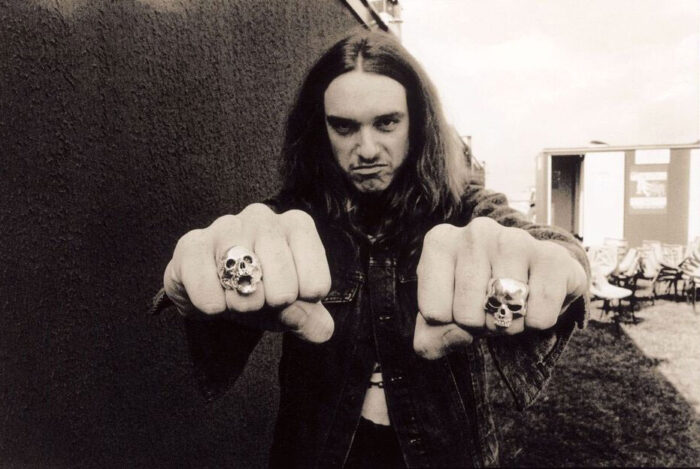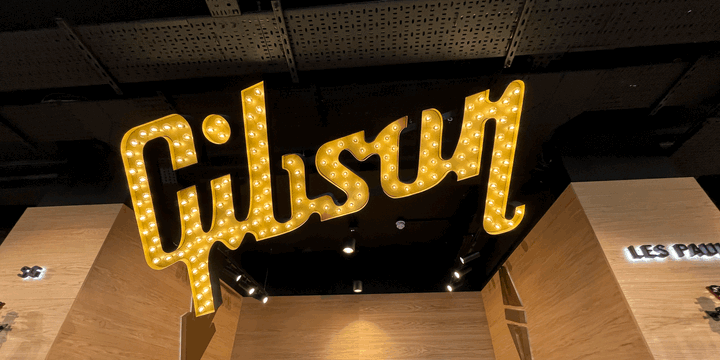Metallica Ride the Lightning - The Making of a Thrash Metal Classic
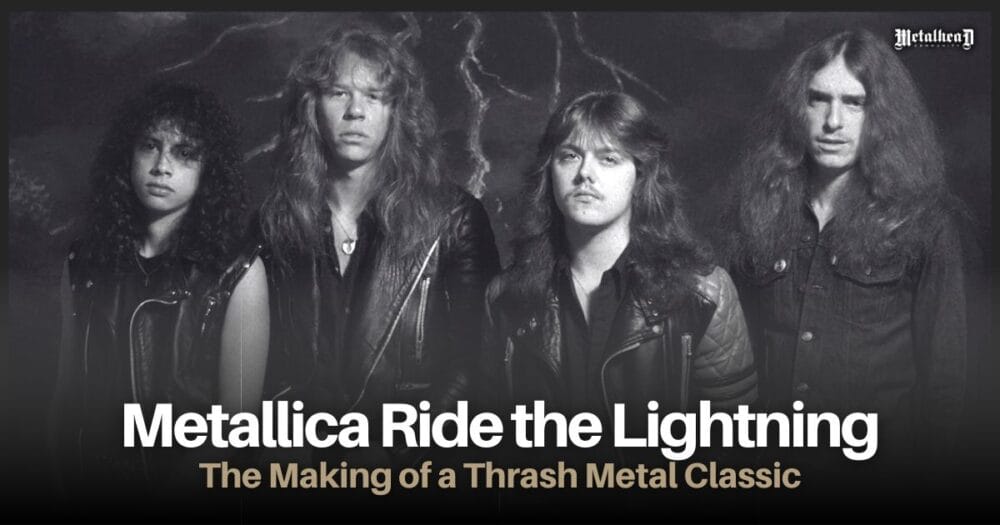
Metallica's "Ride the Lightning" is undoubtedly one of the most influential and groundbreaking thrash metal albums of all time. Released in 1984, the album represents a turning point in the band's career, as they began to move away from their more traditional heavy metal sound towards a more complex, progressive, and aggressive style.
With "Ride the Lightning," Metallica created a musical masterpiece that has stood the test of time and remains a cornerstone of the metal genre to this day. Here's a look at the story behind this iconic album.

The Story Behind Each Song
Each song on "Ride the Lightning" tells a story, ranging from themes of death, battle, and tragedy. The album is a tour de force of thrash metal, with each song showcasing the band's talent and creativity.
- Fight Fire with Fire: The opening track represents a transition from Metallica's more youthful songs to a heavier and more aggressive sound. The lyrics speak of the end of the world and chaos, accompanied by a mix of harmonics and power chords that showcase the band's musical prowess.
- Ride the Lightning: The album's title track is a haunting tale of the death penalty and the path to the electric chair. The song begins with a soft melody that gradually becomes heavier and more aggressive, reflecting the inevitability of the situation.
- For Whom the Bell Tolls: This iconic song features a masterful bass line from Cliff Burton, who was an essential member of the band. The song tells the story of death during a battle, detailing the civil war of a nation and a way to die in combat.
- Fade to Black: This song deals with the theme of suicide and was a great help to those who have considered suicide as a way out. It showcases Metallica's influences, creating a great and enjoyable musical piece for their audiences.
- Trapped Under Ice: The song describes a death under the ice, symbolizing being unable to do anything in the face of a harmful situation. The song's melody reflects the influence of Kirk, who composed parts of the melody in the past.
- Escape: The band tells the story of a prisoner trying to escape from prison, representing a situation with no way out. This song reflects certain situations in life where we feel trapped and unable to escape.
- Creeping Death: The band has dabbled in religious issues with this song, dedicating it to the 10 plagues of Egypt. The song's title occurred while the band members were watching the movie "The Ten Commandments" at Cliff's house.
- The Call of Ktulu: The instrumental song was the band's second, with Dave Mustaine contributing to its making. Originally, it was titled "When Hell Freezes Over," but the name was changed on the suggestion of Cliff Burton, who was a big fan of the works of H.P. Lovecraft. The song is an epic masterpiece that showcases the band's musicianship, particularly Kirk Hammett's soloing and Cliff Burton's melodic bass playing.
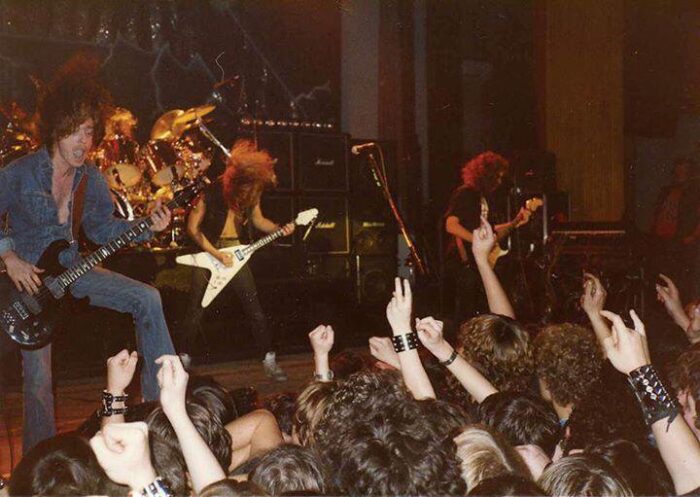
The release of Ride the Lightning was not without its curiosities. The record label printed the album cover with a mistake, resulting in some copies featuring a green tint instead of blue. The band's former lead guitarist, Dave Mustaine, who had been fired from Metallica prior to the album's recording, was still credited for his songwriting contributions. Despite the album representing a departure from Metallica's earlier, more straightforward sound, it achieved massive success, earning five platinum records in the United States.
James Hetfield, the band's vocalist and rhythm guitarist, even sent in a request to the luthier Kenneth Lawrence, to design a guitar made from the wood of the demolished garage in California where the album was written and rehearsed. The album's themes of death and mortality were also noteworthy, with several songs alluding to different ways of dying.
In conclusion, Metallica's Ride the Lightning marked a turning point in the band's career, showcasing their growth and experimentation as musicians. The album's themes and lyrics remain as relevant today as they were over three decades ago, and its place in the thrash metal pantheon is secure. Ride the Lightning is a testament to Metallica's enduring legacy and their unwavering commitment to pushing the boundaries of heavy metal music.
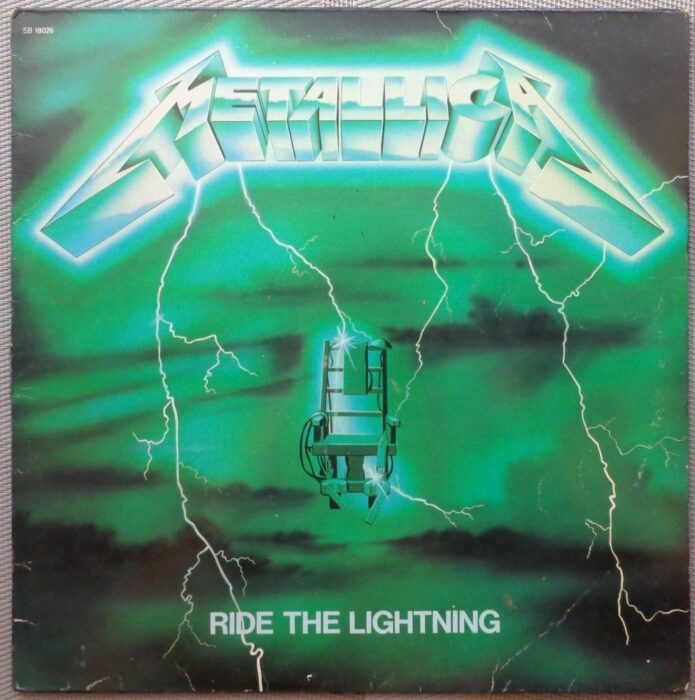
Color of the disc: The record label was responsible for printing the album with a mistake. The cover went from blue to green, and they realized the error after about 400 copies were printed. They still distributed them, and this particularity managed to turn them into collectibles.
Songs composed or influenced by Dave Mustaine were introduced, who had left the band long before.
Although the album represented completely new sounds for the band and its spectators, it won 5 platinum records in the United States.
James Hetfield sent to design a guitar with the wood that was of the demolition of the garage in California where the disc was composed in its entirety.
Many of the songs make clear references to different ways of losing your life.
The meaning of Ride the Lightning;
Primarily used in the United States, which means; execution or to be put to death by the electric chair.
Furthermore;
The album was recorded on February 20 – March 14, 1984, with Danish producer Flemming Rasmussen (who also recorded, engineered and co-produced Metallica's other legendary albums such as Master of Puppets [1986] and ...And Justice For All later [1988]) at the Sweet Silence Studios in Copenhagen, Denmark. It was recorded in only three weeks and released on July 27, 1984.
Produced by Metallica and Flemming Rasmussen
Engineered by Flemming Rasmussen
Mastered by Tom Coyne, Frankford Wayne, Tim Young, and Bob Ludwig.
Remastered in 1995 by George Marino
Digital Reissue Bonus Tracks Mixed by Mike Gillies
Ride the Lightning Album Artwork Design by AD Artists
